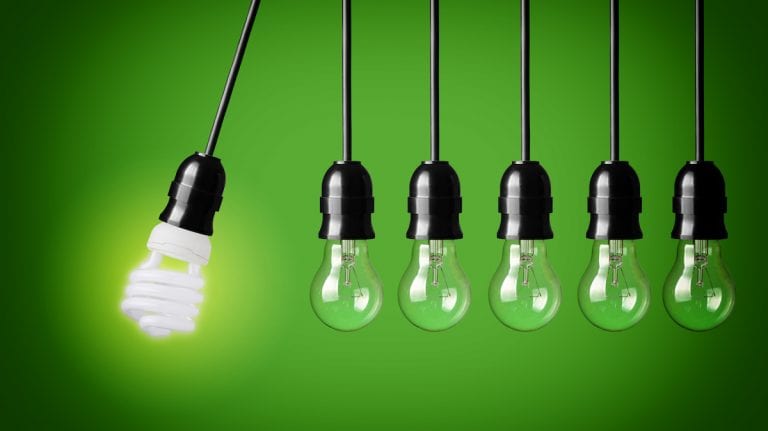Energy
Energy Efficiency Voluntary Agreements Helped Pave the Way for Increased Remote Access

We’re enduring crazy times in 2020! Because of COVID-19, the world has shifted to learning, working and playing at home for months at a time—and residential cable networks have successfully handled the load. One key reason that networks have managed so well is because cable service providers build for the future: The majority of cable networks were well-positioned to deliver the necessary downstream and upstream data to customers who are now conducting much of their day remotely over the network.
How do energy efficiency voluntary agreements play a role? One major advantage to the voluntary approach is the New Feature Allowances Process, which enables operators and manufacturers to innovate and evolve their networks and consumer devices without being constrained by regulation. An example is the Small Network Equipment Voluntary Agreement (SNE VA) adopted by the United States in 2015 (Canada also established a similar agreement late last year). In the 4 years that the SNE VA has been in place, average broadband download speeds have nearly quadrupled and consumer devices have evolved significantly, such as cable modems migrating from DOCSIS 3.0 to 3.1 to deliver faster download speeds. In addition, Wi-Fi devices have evolved to use more radios with more spatial streams and capabilities to deliver increased Wi-Fi capacity within the home. The New Feature Allowances Process provides the ability to define new features that may require additional power, which—in the case of small network equipment—allowed operators to roll out devices early to meet the increased demand due to COVID-19 when consumers needed it the most.
And, according to the recently released US SNE VA annual report, the energy consumption of these devices has remained stable, as demonstrated in the figure below.

In fact, the independent administrator for the voluntary agreements, D+R International, reported that the energy efficiency[1] of integrated access devices (modems with Wi-Fi routers and/or embedded phone support) has improved by 70 percent since the beginning of the SNE VA in 2015.
The US SNE VA was also recognized by the Global Commission For Urgent Action on Energy Efficiency as an “Exemplar Policy” program in this recent report.
U.S. Set-Top Box Voluntary Agreement (US STB VA)
The US STB VA report also shared good news, finding that the national set-top box annual energy consumption has declined by 46 percent since the beginning of the VA in 2012, even as functionality and features of set-top boxes have improved.

The STB VA saved 14.7 TWh in 2019, which is nearly equivalent to the power generated by five coal-run power plants in a year, and saved consumers over $1.9 billion on their utility bills. This is enough electricity to power ALL the homes in California for a full 7 months!

Canadian Energy Efficiency Voluntary Agreement (CEEVA)
Even though CEEVA has been around for only 3 years, Canada is making great strides as well, as detailed in its most recent CEEVA Annual Report. The average weighted energy consumption of purchased set-top boxes has decreased by 44 percent over the 3 years that CEEVA has been in place. This significant decline is due to a number of reasons:
- Deployment of whole-home architectures that enable customers to view recorded content throughout the home with just one personal video recorder (PVR)
- Deployment of cloud-based recording that eliminates the need for any PVR in the home, and PVRs generally consume more power than non-PVRs
- Improvement in set-top box energy efficiency

As we reported in December 2019, Canada stood up a new CEEVA agreement for small network equipment that went into effect in 2020, but the first report won’t be out until next year.
CableLabs is proud to be part of these highly successful voluntary agreements that afford new innovative features, greater functionality and the capability to deliver high-quality services to consumers in an energy-efficient manner.
[1] Energy efficiency of network equipment is measured in terms of energy per consumed bit. In the US SNE VA report, the unit of measure is Watts/Mbps.


